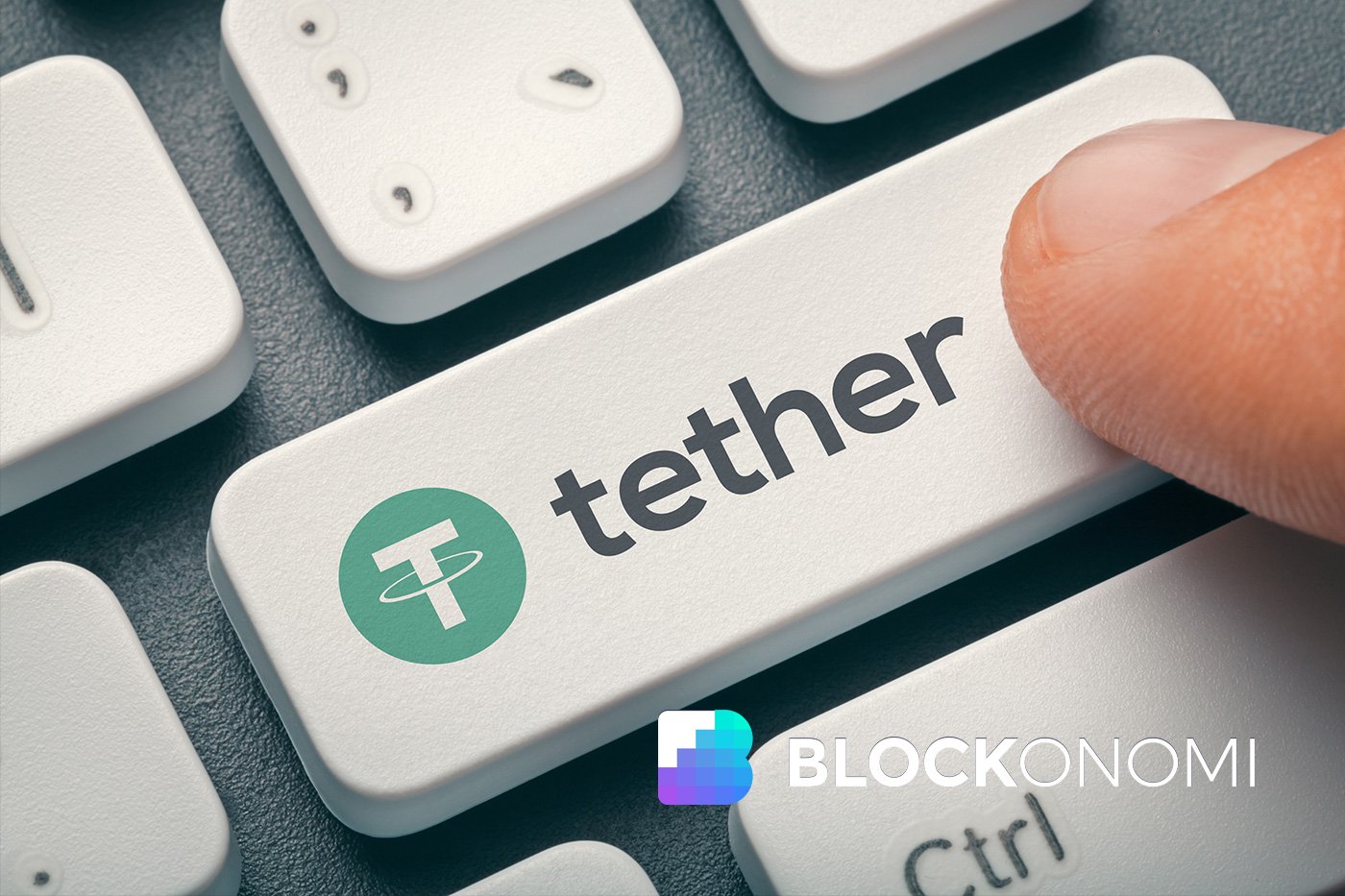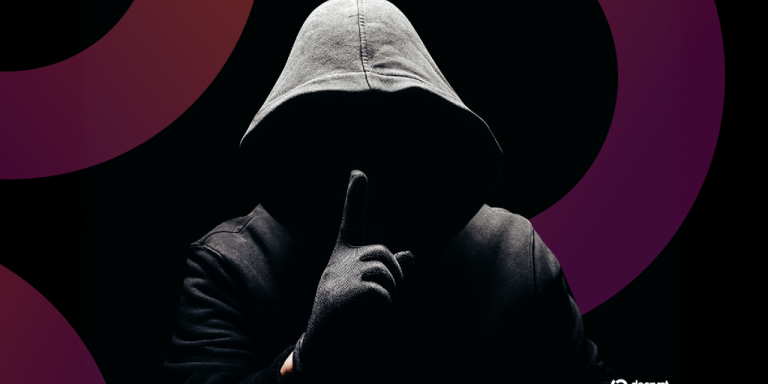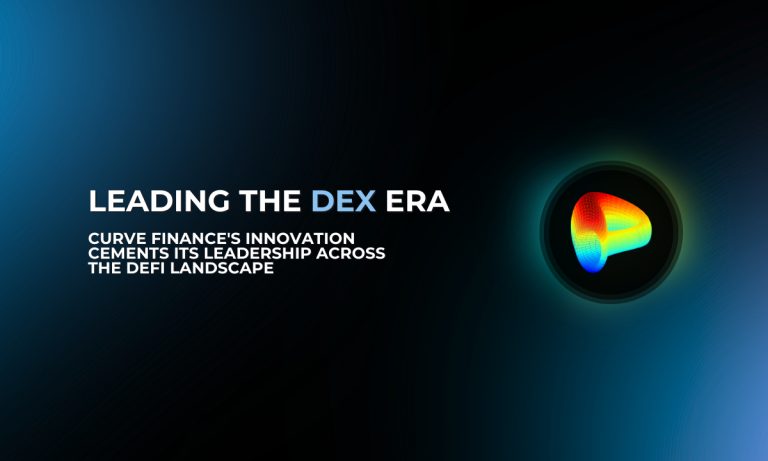
Tether (USDT), the world’s most widely used stablecoin, recently faced a major evaluation shake-up as S&P Global downgraded its stability rating to the lowest tier. This development has stirred up important conversations around transparency, reserve structures, and stablecoin reliability.
What Led to Tether’s Downgrade?
The downgrade by S&P Global revolves around concerns over increased exposure to risk assets and a lack of transparency in reserve management. The agency notes that approximately 24% of Tether’s reserve assets are now composed of riskier instruments such as Bitcoin (5.6%), gold, corporate bonds, and loans—up from 17% in previous evaluations.
Traditional stablecoins like USDC by Circle are known to hold reserves in safer investments, including U.S. Treasury bills, which ensures greater security during market downturns. In contrast, Tether’s more aggressive approach highlights the difference in strategies and the challenges of ensuring a dollar peg under market stress.
Transparency Concerns
S&P flagged a lack of clarity surrounding Tether’s reserve custodians and segregated reserve structures. Information about counterparties is also limited, further complicating independent verification. These transparency gaps put Tether in the spotlight as regulators and market participants scrutinize its ability to maintain its peg in the face of extreme volatility.
Tether CEO Responds
Paolo Ardoino, Tether’s CEO, dismissed the downgrade as a biased evaluation stemming from “legacy finance propaganda.” Ardoino argued that Tether operates with clean, overcapitalized reserves and accused traditional agencies of failing to adapt to alternative financial models.
He pointed out the historical failures of legacy financial institutions, where entities with high ratings crumbled during past crises. Despite the rating, USDT has maintained its dollar peg and continues to be actively traded across exchanges without signs of panic or disruption. This reinforces confidence among traders who rely on USDT for crypto transactions.
Does the Downgrade Matter?
While the downgrade points to structural questions and reserve risks, it does not signal an immediate breakdown for Tether. However, it amplifies regulatory discussions about stablecoin oversight and transparency standards in the rapidly evolving crypto market.
Key Takeaway for Stablecoin Users
Users seeking a more conservative option might consider USDC by Circle, known for its stricter reserve backing and transparency. You can explore USDC details here to ensure your stablecoin aligns with your risk tolerance during volatile market conditions.
For those continuing with Tether, it remains critical to stay informed and updated on developments that could impact its stability and confidence in the broader crypto ecosystem.



